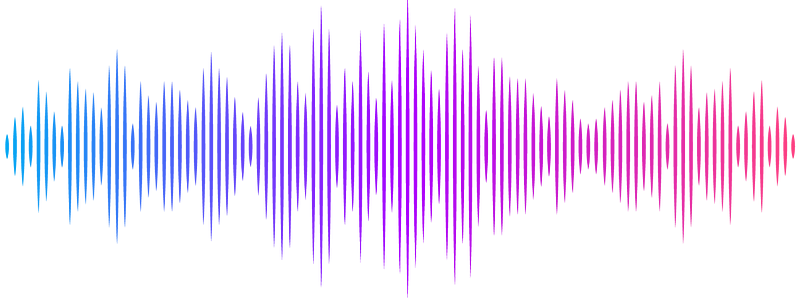Integrative plasma lipidomics and proteomics profiling to decipher potential biomarkers of dilated cardiomyopathy

Integrative plasma lipidomics and proteomics profiling to decipher potential biomarkers of dilated cardiomyopathy
Saha, S.; Singh, P.; Dutta, A.; Raj, A.; Rathore, M.; Jindal, D.; Vaidya, H.; Kumari, S.; Negi, P. C.; Sengupta, S.; Seth, S.; Basak, T.
AbstractBackground: Dilated cardiomyopathy (DCM), primarily characterised by left ventricular dilatation and systolic dysfunction, is one of the leading causes of heart failure and requires a critical clinical investigative strategy. However, conventional imaging techniques such as echocardiography and MRI, along with some classical CVD markers (NTproBNP, cTnT), fall short in diagnosing DCM-specific phenotypes. Thus, the need for biochemical markers with enhanced accuracy to DCM is of enormous importance. Lipids and proteins play essential roles in maintaining myocardial function. The homeostatic disruption of such biomolecules might contribute to DCM pathogenesis, thus offering to serve as potential biomarkers for DCM. Moreover, the lack of global lipidomics studies and specific protein markers in DCM patients prompted us to explore the disease pathophysiology through an integrative omics-based analysis coupled with an ML-derived approach. Objective: To identify accurate, precise and specific circulatory lipidomic and proteomic biomarkers of DCM using high-resolution mass spectrometry and machine learning (ML)- based approaches. Methods: High-resolution-mass-spectrometry-based lipidomics and proteomics were applied to identify lipid and protein biomarkers in a cohort (n=360) of healthy and DCM patients. Top protein classifiers were further evaluated using single-cell transcriptomics on publicly available datasets from DCM myocardium and validated using ELISA. A biomarker panel was built by the integration of lipidomics and validated proteomics data using machine-learning- based approaches. Results: A total of 125 lipids and 10 proteins have been primarily discovered with significant alterations in DCM (0.8 > FC > 1.2; padj < 0.05). Using a Boruta-based ML approach, we identified 39 lipids and 10 proteins as primary discriminators between DCM and controls. ELISA validation confirmed the potential of B2M (6.85 +/- 2.86 ug/ml vs. 4.26 +/- 1.25 ug/ml; p < 0.0001) and Tetranectin (CLEC3B) (1.99 +/- 0.88 ug/ml vs. 2.49 +/- 0.90 ug/ml; p = 0.0006) to emerge as protein biomarkers of DCM. In line with that, the single-cell transcriptomic analysis showed a similar trend of alteration of tetranectin (CLEC3B) in cardiomyocytes and b2microglobulin (B2M) in varied cell types of the myocardium. Further, Integrated ROC analysis combining the top 8 lipid discriminators with B2M and CLEC3B achieved an AUC of 0.995, demonstrating enhanced diagnostic precision compared to the classical CVD marker NTproBNP (0.965). Conclusion: This study offers a system-omics-based perspective on first-global lipidomic and proteomic changes associated with DCM pathophysiology, with a high potential for diagnostic application.